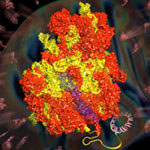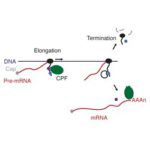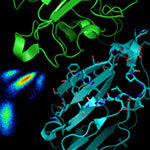
Harish Chandra Soundararajan and Simon Bullock from the LMB’s Cell Biology Division have created a new technique for studying how dynein motors move individual mRNA molecules along microtubules, which has provided unique insights into cellular transport systems.
In order for a cell to function, its constituents have to be sorted to different locations. In many cases, this is achieved by an active intracellular transport system.




